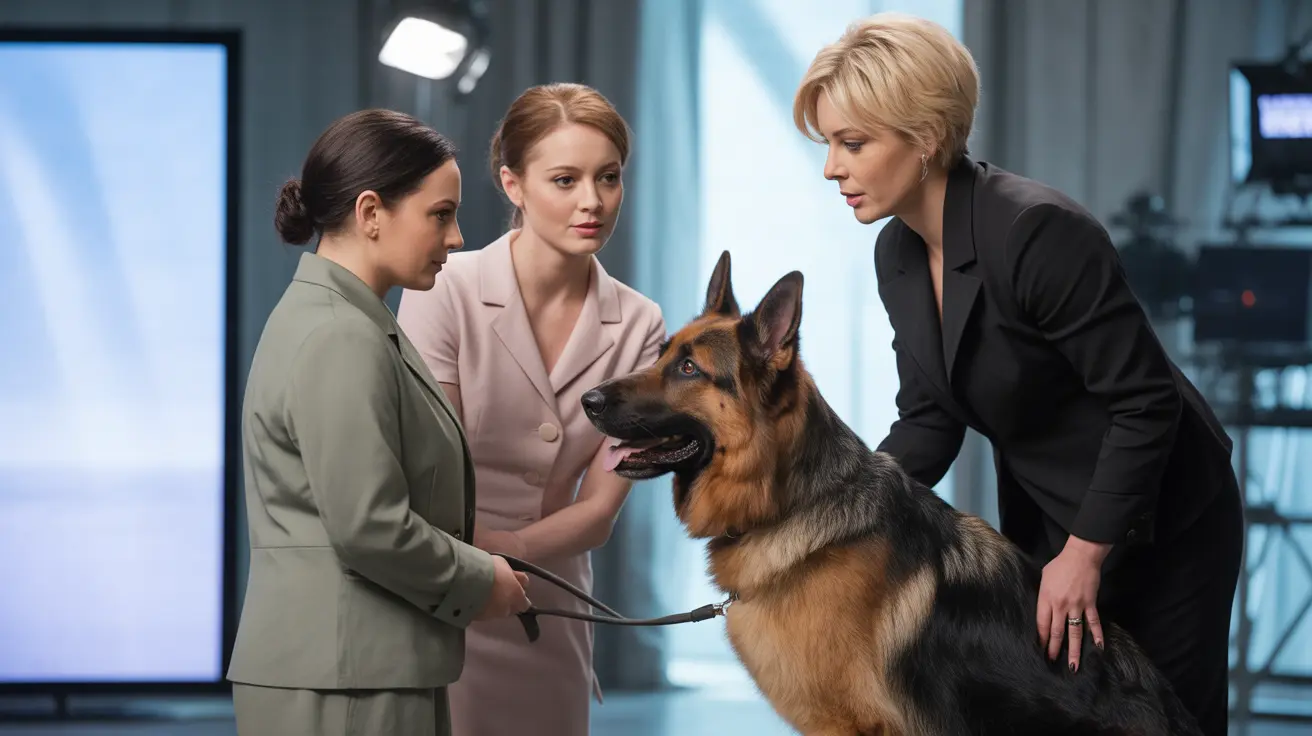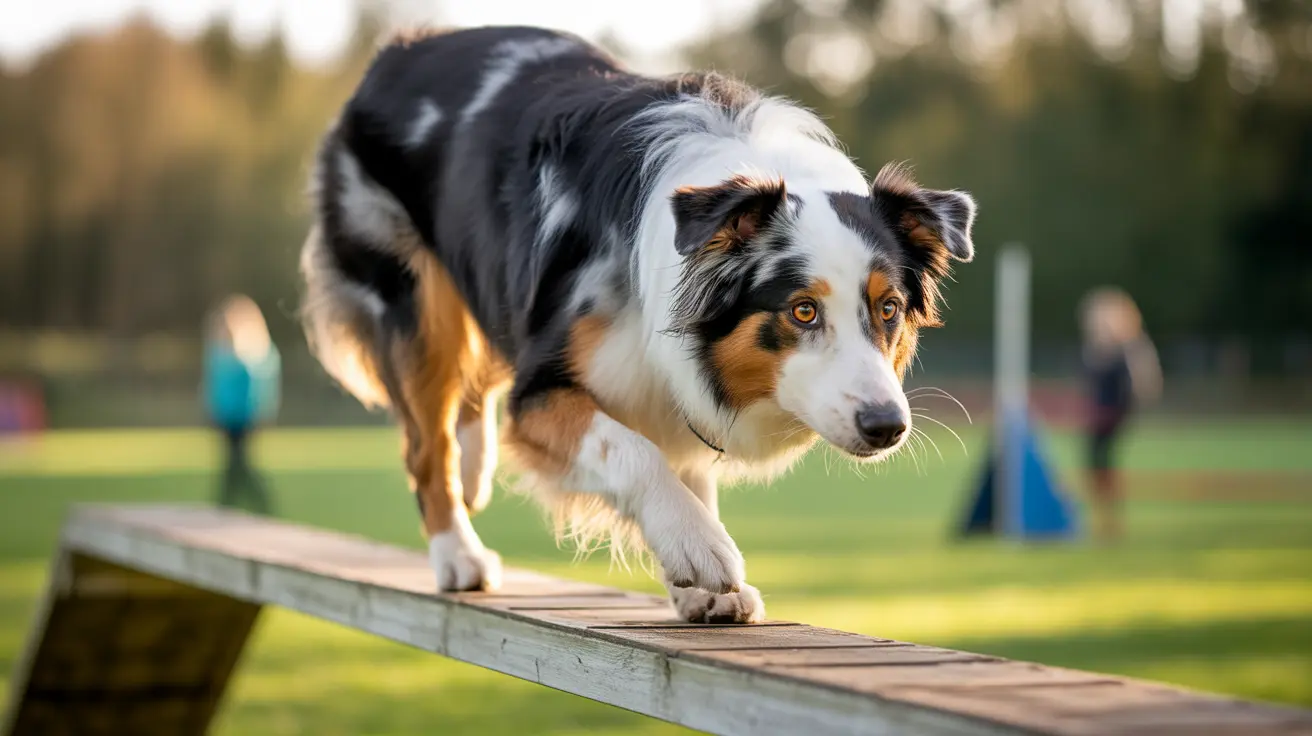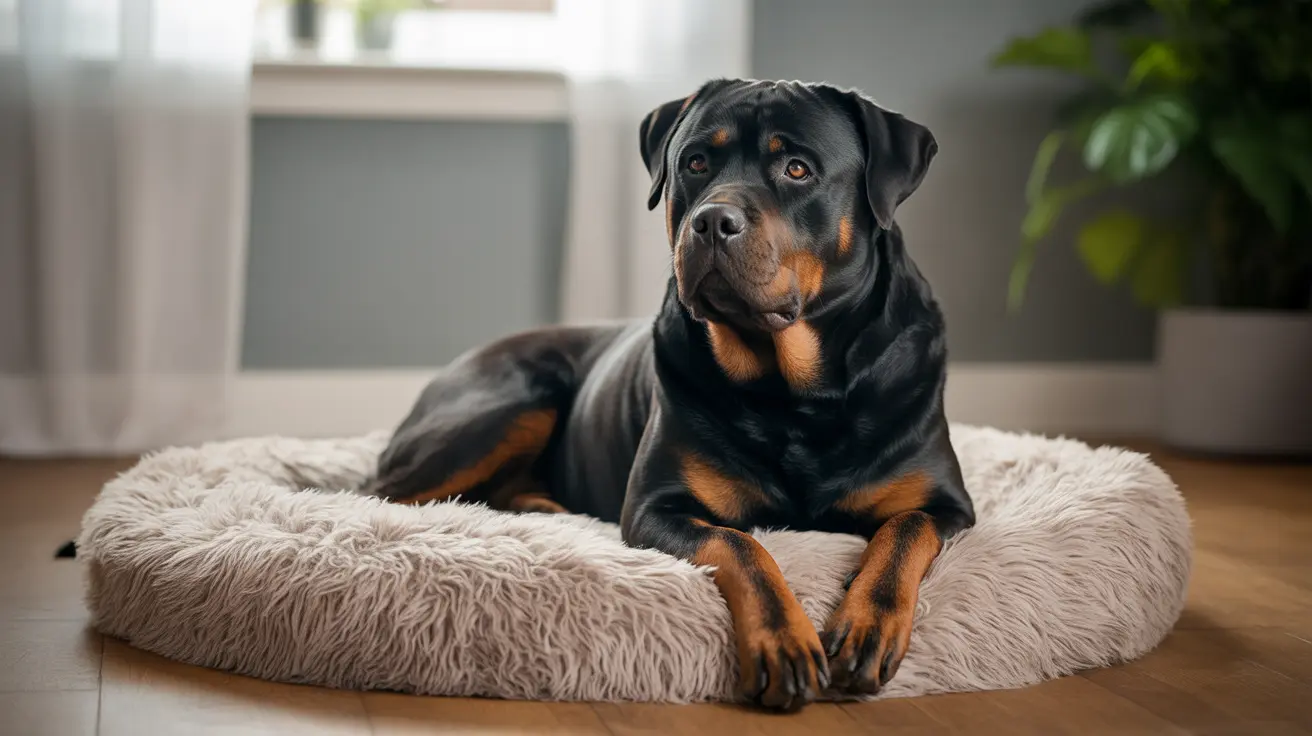The Plott Hound: America's Rugged Big-Game Hunter
The Plott Hound stands out among American dog breeds for its unique history, athletic build, and fearless temperament. Developed in the mountains of North Carolina, this breed was designed to tackle some of the toughest hunting challenges—tracking and cornering formidable prey like bears and wild boar. Let’s dive into what makes the Plott Hound so special.
Origins and History
The story of the Plott Hound begins in 1750 when Johannes George Plott arrived in America from Germany with five Hanoverian Hounds. Settling in North Carolina, the Plott family used these dogs to hunt boar and bear, carefully refining their line over generations. Their goal? Dogs with unmatched stamina, courage, and tenacity—traits essential for hunting in rugged Appalachian terrain.
Through years of selective breeding (with possible Weimaraner influence), the Plotts honed a dog that could not only hunt but also herd livestock, guard property, and protect children. The breed remained largely within the family until the late 19th century when its reputation as a powerful pack hunter spread both regionally and nationally.
- State Dog: The Plott Hound became North Carolina’s official state dog in 1989.
- Recognition: The American Kennel Club recognized it in 2006; the United Kennel Club has registered them since 1946.
Physical Characteristics
The Plott Hound is muscular and agile—built for endurance rather than speed alone. Males typically stand 20 to 25 inches at the shoulder and weigh between 50 to 60 pounds; females are slightly smaller at 20 to 23 inches tall and weighing 40 to 55 pounds. They have long legs, a streamlined profile, a long tail, medium-length pendant ears, and a confident expression. Unlike bloodhounds, their skin isn’t baggy or wrinkled.
Their short coat feels smooth and glossy to the touch. Brindle is the signature color pattern—ranging from yellow or red to chocolate or blue-gray—but solid black or black with brindle trim also appears. Some dogs show distinctive markings like a black saddle or gray muzzle; white on chest or feet is acceptable but white elsewhere is considered a fault by breed standards.
- Height: Males: 20–25 inches; Females: 20–23 inches
- Weight: Males: 50–60 lbs; Females: 40–55 lbs
- Coat: Short, smooth, glossy; brindle shades or black
Temperament and Behavior
This breed is defined by loyalty, alertness, energy, courage, and determination. When working or on the hunt, Plotts are relentless trackers with an unmistakable high-pitched bay that signals treed prey. At home, they’re gentle with family members—especially children—and protective without being aggressive.
A well-socialized Plott can get along with other dogs but may be wary of strangers due to their natural guarding instinct. Because of their independent streak (and strong prey drive), patient training using positive reinforcement works best. Early socialization helps curb stubbornness and ensures they become trustworthy companions.
- Loyal and affectionate with family
- Courageous hunters with high stamina
- Tend to be vocal—barking loudly both at home and in the field
Exercise Needs
If you’re considering a Plott Hound as your companion, be ready for action! These dogs need at least one or two hours of vigorous exercise daily—running, hiking, playing fetch—or they’ll find ways to burn off energy (sometimes destructively). Their hunting instincts mean they love following scents outdoors but should always be leashed or kept within secure fencing due to their tendency to chase after interesting smells.
- Great partners for joggers or outdoor enthusiasts
- Boredom can lead to barking or destructive chewing
Grooming Requirements
The Plott’s short coat makes grooming simple: weekly brushing with a soft-bristle brush or grooming mitt keeps shedding under control (though expect more during seasonal changes). Their pendant ears need regular checks for signs of infection—a common issue among floppy-eared breeds. Routine veterinary care—including dental checkups—is important for overall health.
- Sheds moderately year-round; heavier during spring/fall
Health Considerations
This breed is generally healthy but can be prone to certain conditions such as hip dysplasia, ear infections (due to ear shape), bloat, and gastric torsion. Responsible breeders screen parent dogs for these issues even though there are no specific genetic tests currently recommended by North American clubs.
- Lifespan averages between 12–14 years
Nutritional Needs
A balanced diet tailored to age, size, activity level—and portion control—is key since Plotts can gain weight if overfed. Always provide fresh water alongside high-quality food formulated for active breeds.
Mental Stimulation & Training
The intelligent Plott thrives on mental challenges as much as physical ones. Puzzle toys, scent games like tracking exercises (or even agility courses) keep them happy and prevent boredom-related problems. Consistent training from puppyhood helps channel their independence into positive behaviors.
- Mental stimulation prevents unwanted habits
- Puzzle toys & scent work are ideal activities
- Not usually suited for apartment living
- Loud bark makes them effective watchdogs
The Unique Status of the Plott Hound
This breed holds a special place in American canine history—not only as North Carolina’s state dog but also as the only US coonhound not descended from Foxhound lines. Its development was shaped by generations of dedicated breeders focused on working ability above all else.
Summary Table: Key Facts About the Plott Hound
- Group: Hound
- Height: Males – 20–25"; Females – 20–23"
- Weight: Males – 50–60 lbs; Females – 40–55 lbs
- Lifespan: 12–14 years
- Main colors: Brindle shades/black
- Main traits: Loyal, courageous, energetic
- Status: State dog of North Carolina
- Main use: Hunting big game/tracking
- Bark: High-pitched bay
- Main needs: Vigorous exercise & secure containment
If you’re seeking an affectionate companion who’ll keep up with your adventures—and maybe alert you loudly when something’s amiss—the Plott Hound just might be your perfect match!





